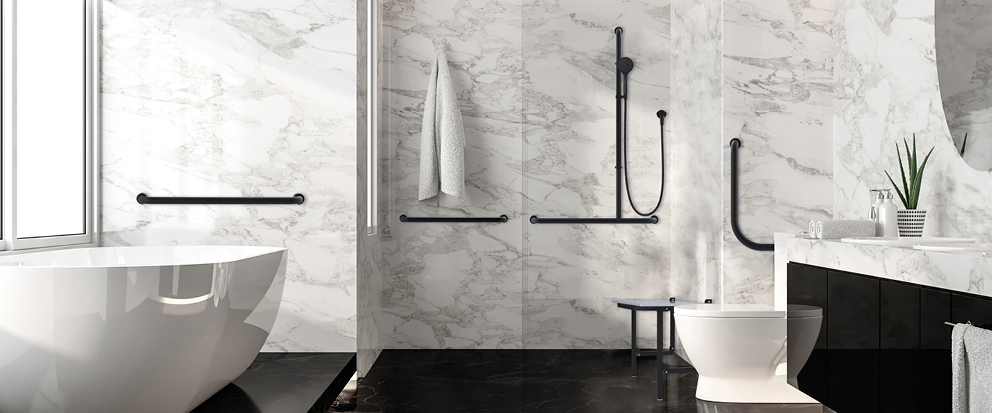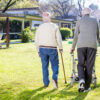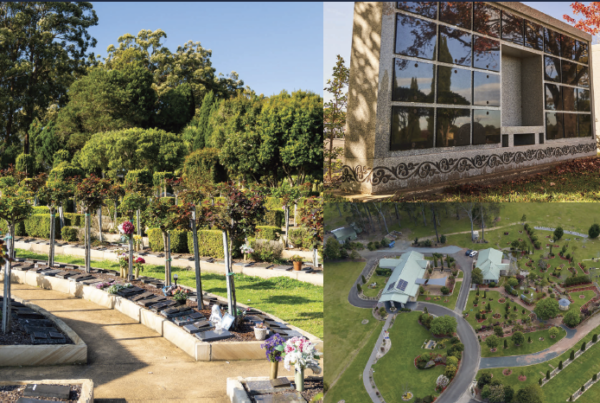It’s no secret that Australia’s population is ageing rapidly. Spurred on by increased life-expectancy, falls in fertility, and the maturing of the baby boomer generation, the coming decades will see a massive shift in the make-up of the population.

Over the next 40 years, it is predicted for the Australian population that:
- The proportion of people aged 65 years and over will increase from 13 percent to 24 percent
- The proportion of people aged 85 years and over will increase from 1.6 percent to 6 percent
This shift is expected to have far-reaching implications for society, the economy, and those responsible for providing the services and infrastructure to meet the expectations of the community.
For the architects, designers, and specifiers entrusted with designing a built environment that will meet the changing needs of occupants over their lifetimes, there will be a host of new and unique challenges that must be addressed.
Independent living – ageing in place
A key difference to the elderly population of days-gone-by, the baby boomers will have a much stronger preference to remain independent and exercise autonomy in their decision-making. The concept of ‘ageing in place’ is central to the desire for independent living.
Ageing in place refers to the ability to live in one’s own home and community safely, independently, and comfortably, regardless of age, income, or ability level.
With eight out of ten baby boomers wanting to stay in their current homes for as long as possible, home design must advance with changing expectations.
Liveable Housing Australia, a community, government, and industry partnership promoting liveable home design, has identified four key features liveable home design should include for ageing in place.
A home should:
- Be easy to enter
- Be easy to navigate in and around
- Be capable of easy and cost-effective adaptation, and
- Be responsive to the changing needs of home occupants
Adherence to these guidelines will enable key living spaces to be more easily and cost-effectively adapted to meet the changing needs and abilities of home occupants such as ageing baby boomers, and disabilities which may be acquired with age.
The benefits of liveable home design help provide both comfort and quality of life to occupants, as well as greatly reducing future costs.
A report from into Housing and Independent Living from NSW Family & Community Services found that:
- 62 per cent of all falls and slip-based injuries will occur at home
- The cost to the homeowner of including key liveable housing design features is 22 times more efficient than retrofitting when an unplanned need arises6.
Correct planning at the design stage can help allay these incidents.

Bathroom design
Bathrooms are identified as a particular area in need of attention. While being one of the most frequented rooms in the house, as well as a high prevalence of hazards that increase the risk of falls, a recent report has found that most bathrooms do not comply with AS 4299 Adaptable Housing.
As levels of mobility and independence change, the bathroom should be flexible enough to accommodate these changing requirements.
However, the Housing and Independent Living report found that:
- 96 per cent of people did not make provision for a folding seat in the shower
- 80 per cent of people did not have a grab rail in the shower recess
- 40 per cent did not have an easy to reach shower tap6
With encouragement for both the private sector and government to develop housing products to meet future needs, Con-Serv Australia research and develop products to assist Australia’s ageing population.
Balancing form and function in independent living
Con-Serv assists architects, designers, and specifiers in creating liveable spaces that address the evolving requirements of Australia’s ageing population. Con-Serv cultivates a safe environment for people of different abilities to live independently, whilst still maintaining a focus on aesthetics and functionality.
Con-Serv offers a range of products and bathroom accessories to cover every aspect of bathroom functionality; from shower systems to grab rails, shower seats, and toilet backrests.
The range includes:
Grab Rails: Domestic and commercial grab rails offer flexible solutions for assisted living, aged care, and healthcare installations.
Shower Systems: Grab Rail showers for extra support and comfort when needed.
Safe-Assist Backrest: A support device for toilets that improves the comfort of using a toilet while simultaneously providing an acceptable level of safety for disabled, aged, and infirmed.
Safe-Assist Folding Shower Seats: Specially designed for use inside the shower recess for people who are unable to, or find it difficult to shower while standing and need to sit down while they take a shower.









